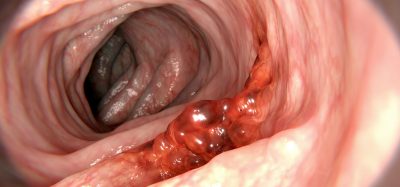Multiomics approach unveils flu severity insights
Posted: 8 September 2023 | Drug Target Review | No comments yet
Some individuals may experience more severe symptoms when infected with the same virus compared to others. The reasons behind this variability are not yet fully understood. While viral factors, such as differences in the virus strain, do play a role, they cannot account for the diverse responses observed among individuals exposed to the same virus.

Several host-related factors, including pre-existing immunity, age, gender, body weight, and the composition of their microbiome, have also been considered.
Another significant factor is the molecular biology occurring within our cells. DNA is typically depicted as a long, double-helical strand, leading one to assume that genetic information is read sequentially from one end to the other. However, this is not the case. DNA contains transposable elements, often referred to as “junk DNA,” which can influence which regions of the genome are actively read at any given time.
A research study published in Cell Genomics, led by Dr Guillaume Bourque and an international research team, explored the impact of these transposable elements on the severity of illness following infection with the influenza A virus.
By analysing data from 39 individuals before and after being infected with the influenza A virus, the researchers were able to detect alterations in the accessibility of transposable elements. To accomplish this, they employed a multifaceted approach that combined various sets of multiomics data, which provide insights into the biomolecules present in cells or organisms. One set of data pertained to the transcriptome, encompassing all RNA copies transcribed from DNA within the cell, while the other focused on the epigenome, which includes chemical changes to DNA that influence gene expression. One of the advantages of this multifaceted approach was the ability to identify groups of transposable elements exhibiting changes in accessibility, which might have gone unnoticed using previous methods.
By considering these alterations in transposable elements following viral infection, the researchers were able to pinpoint several transcription factors (proteins that control the activation or deactivation of specific genes) that likely contribute to an individual’s response to infection. Leveraging these findings.
Related topics
DNA, Gene Testing, Genome Editing
Related conditions
flu
Related organisations
McGill University
Related people
Dr Guillaume Bourque (McGill University)






